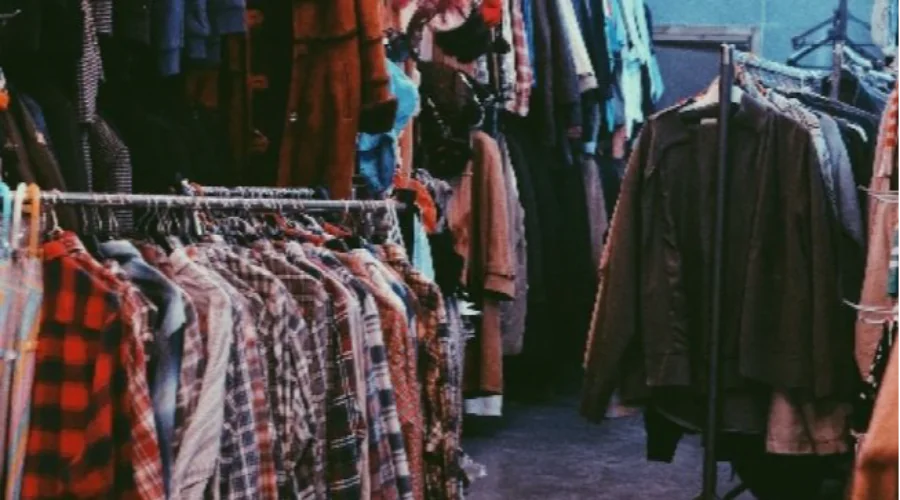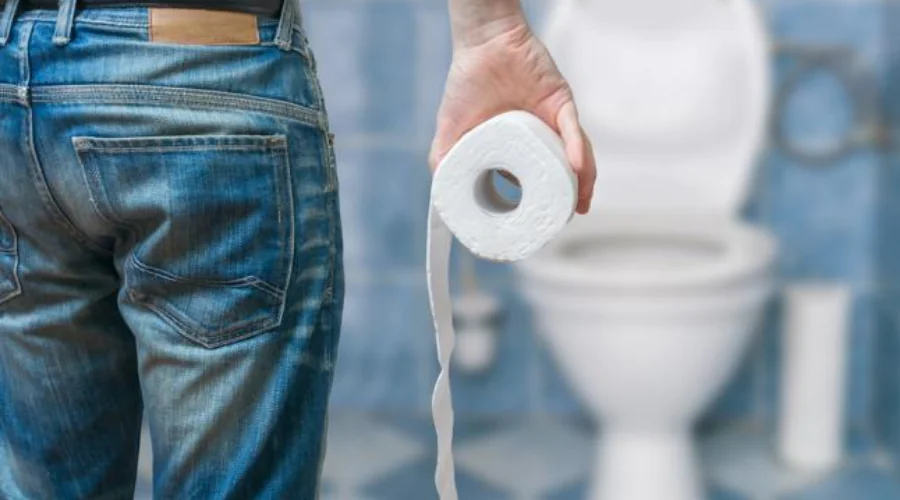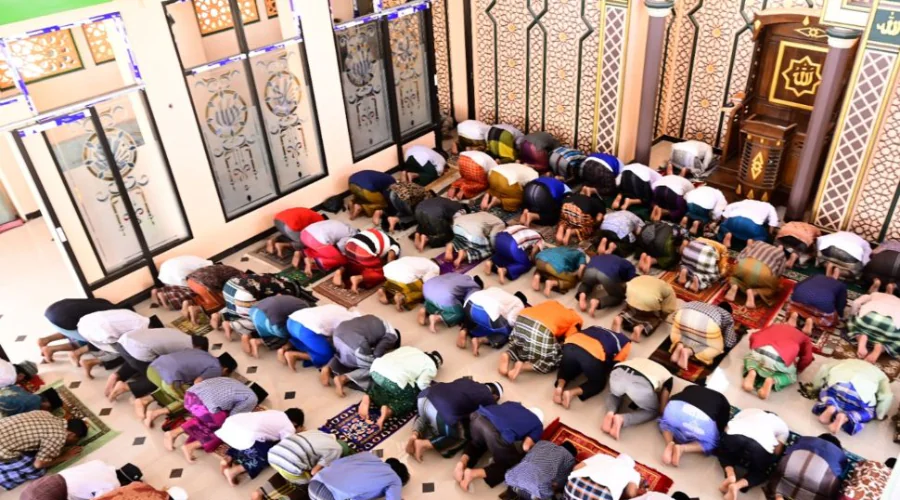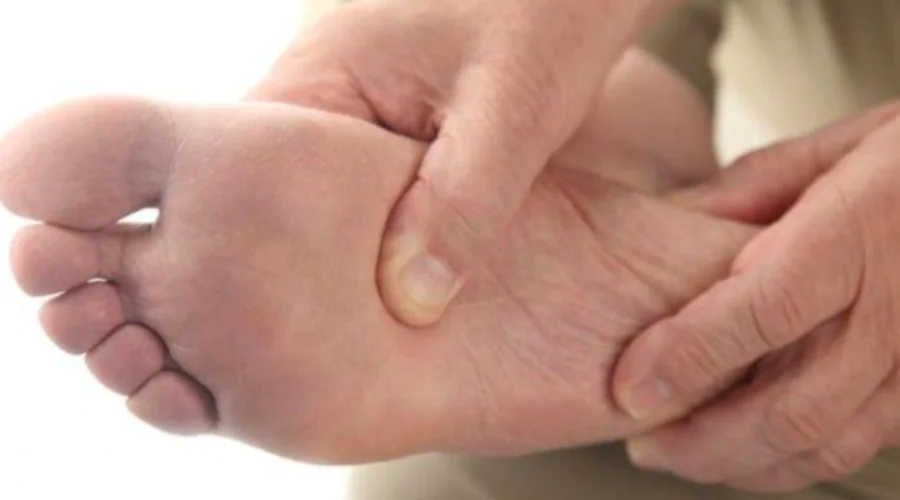
- 01 Mar
- 2023
Ilustrasi thrift shop. (Unsplash/Nilay Sozbir)
Buying and selling used imported clothes and shoes is rampant, UM Surabaya Laboratory Assistant Reminds 4 Dangers
In recent days, social media has been stirred up by the case that the Reuters news agency found that used shoes that were to be recycled were actually smuggled into Indonesia. This is considered illegal in Indonesia.
Not only used shoes, imported used clothes are still on the market today, and are even sold freely on online shopping marketplaces. Apart from being cheap and offering good quality, the trend of looking for second-hand clothes and shoes, or what is known as thrifting, is currently popular and is a prima donna for young people.
So is thrifting culture harmful to health? Lihabi, laboratory assistant at the UM Surabaya clinical pathology laboratory, said that wearing used clothes and shoes can have a negative impact on health, especially on skin health.
"Several research results indicate that used clothing samples contain mold or yeast, staphylococcus aureus bacteria, escherichia coli bacteria and viruses," said Lihabi Wednesday (1/3/23)
In his explanation, Lihabi explained 4 dangers of bacteria when attached to the human body.
According to him, the first is the Staphylococcus Aureus bacteria. Staphylococcus Aureus bacteria can stick to dirty clothes and can spread to other clothes. These harmful bacteria can cause skin infections or food poisoning. Bacteria that stick to fabrics have the potential to grow into dangerous diseases.
"The process of spreading these bacteria can be contaminated in daily activities, and often you don't realize it. These used clothes don't know where they came from, they could have been changed from person to person which could become a place for Staphylococcus Aureus, E Coli, Klebsiella Pneumoniae, and Pseudomonas bacteria to live, "said Lihabi again.
Second, the bacteria Scherichia Coli. Scherichia Coli is a group of types of bacteria just like other types of bacteria, the form of E coli bacteria is invisible and can only be seen with the help of a microscope. E coli bacteria originate from the intestines, both human intestines and intestines of warm-blooded animals.
"The virus found on used clothes is a type of HPV virus (Human Papilloma Virus). Even though warts are benign tumors, you must still be vigilant because this virus infects the skin, causing lumps and growing fast," he added.
Third, kupang mushrooms. Mold fungus found on used clothes is caused by moist air and lack of air flow. This mushroom has the characteristics of a white or sometimes greenish-black color that has a distinctive aroma like a musty smell and the smell of earth. The presence of mold fungus is usually on the surface of clothing and can be seen with the naked eye.
Some of the diseases that arise as a result of exposure to this mold include, among others, itching and allergic skin reactions, toxic irritant effects, and infections because the clothes are directly attached to the body.
“Mold mushrooms can be toxic and of course dangerous to health. In fact, this fungus will not disappear even though the clothes have been soaked in hot water and washed many times," said Lihabi.










(0) Comments